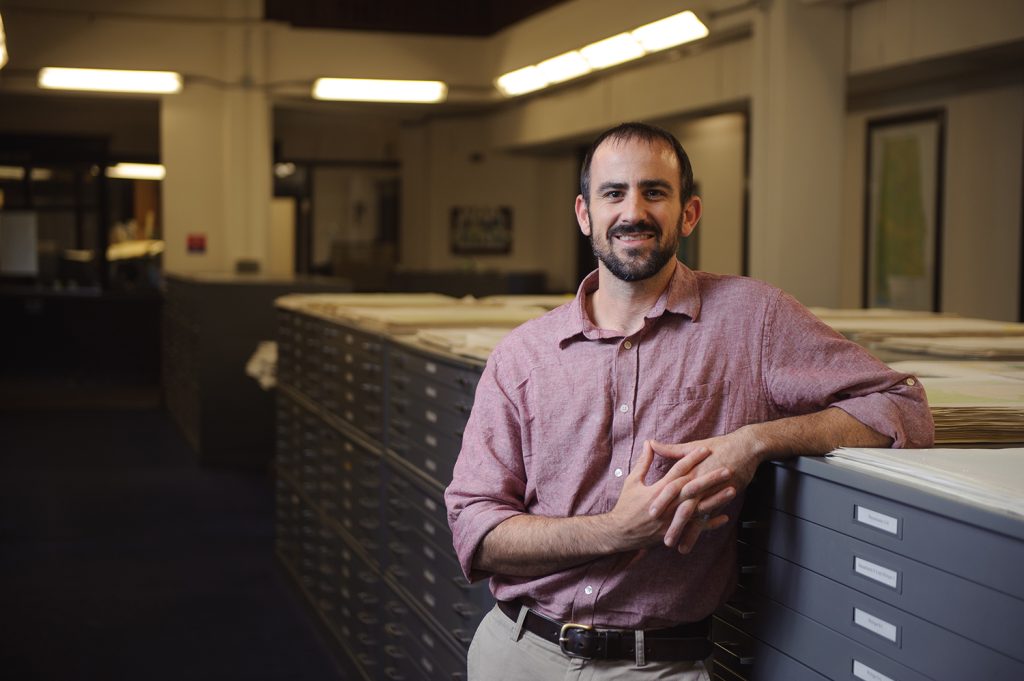The success of illegal drug trafficking through wider and wider swaths of Central America is a consequence of law enforcement activity to curtail it, according to new research led by The University of Alabama.
A model developed by Dr. Nicholas Magliocca from UA and others from around the country found the cat-and-mouse game of cocaine smuggling and government interdiction strategies results in a larger geographic area for trafficking with little success in stopping the drug from reaching the United States.
They published their findings today in the Proceedings of the National Academy of Sciences.
“This work demonstrates that supply-side counterdrug strategies alone are, at best, ineffective and, at worst, intensifying the trafficking problem,” said Magliocca, UA assistant professor of geography and lead author on the paper. “These networks have demonstrated their ability to adapt to interdiction efforts, identifying and exploiting new trafficking routes in response.”
Efforts by the United States to curtail illegal narcotics from getting into the country by smuggling routes through Central America over the past decades have been costly and ineffective. In response, traffickers adapt their routes and mode of transit, adjusting their networks to exploit new locations.
As a result, the space drug traffickers use has spread from roughly 2 million square miles in 1996 to 7 million square miles in 2017, according to Magliocca.
Learn more about this research by reading the full article on the UA news site.
